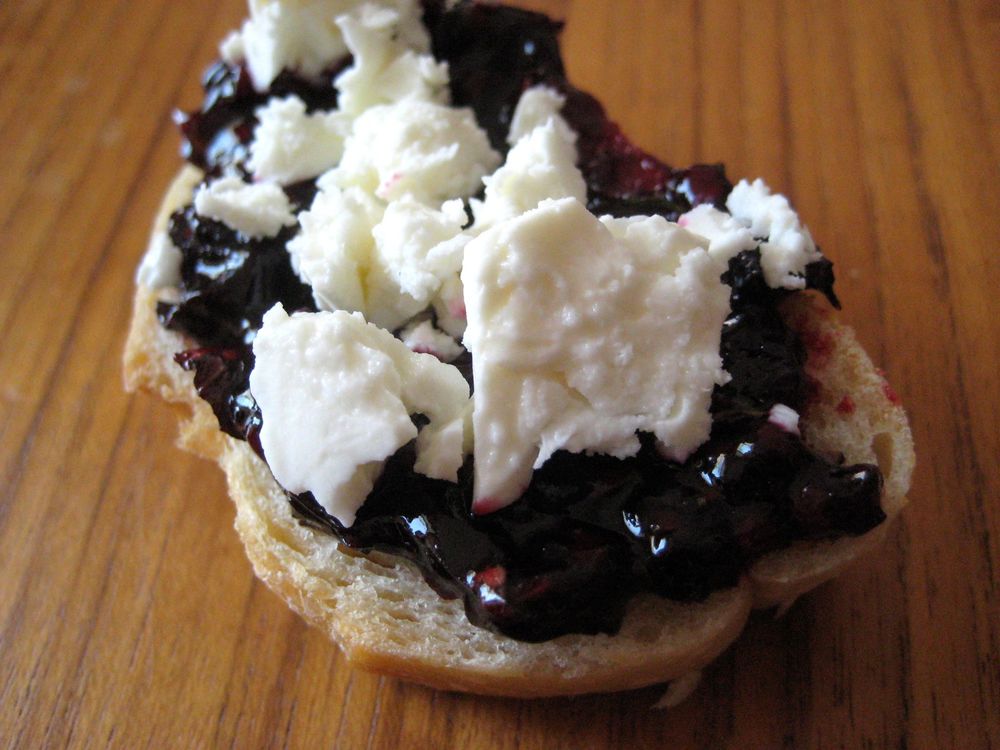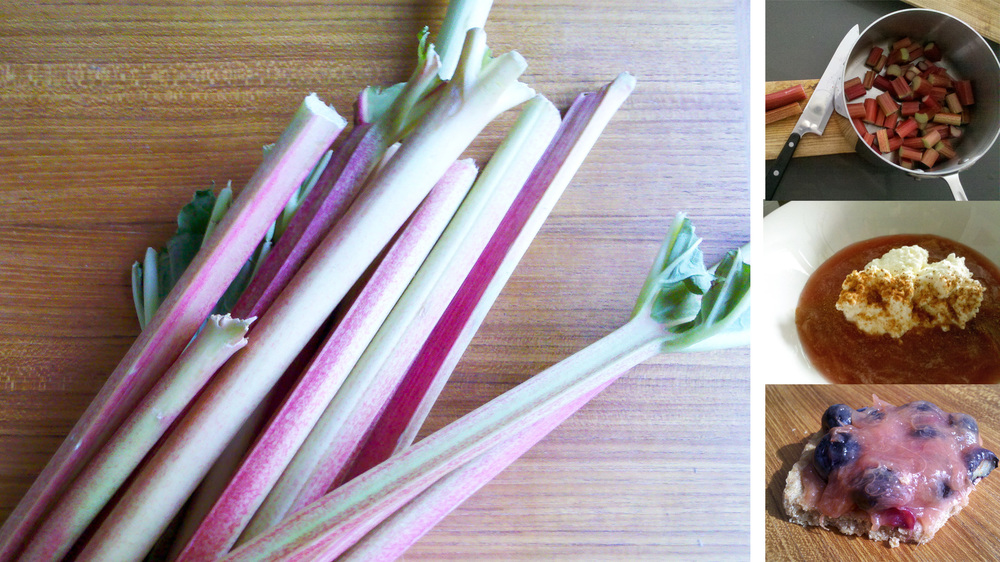 fresh honey blackberry basil jam with feta
fresh honey blackberry basil jam with feta Sweet & Savory Summertime Treat - Fresh Blackberry Basil Honey Jam With Feta
 fresh honey blackberry basil jam with feta
fresh honey blackberry basil jam with feta Blog
 fresh honey blackberry basil jam with feta
fresh honey blackberry basil jam with feta  the proof is in the yolk! Pastured Egg (above) Vs. Factory Egg - photo from thetastingbuds.com
the proof is in the yolk! Pastured Egg (above) Vs. Factory Egg - photo from thetastingbuds.com
After last week’s CSA share pick-up we had a serious rhubarb explosion going on in our kitchen! Before berries are officially on a roll we’re blessed with this uniquely sweet-tart treat to start off the season. Although usually prepared and eaten much like a fruit, rhubarb is a leafy vegetable. The plant grows up to 3 feet tall with gigantic leaves unfurling in all directions. The red and green speckled wands you find in the market are the leaf stalk of the plant. The leaves themselves are toxic, containing oxalic acid crystals, so don’t try to cook ‘em up if you’re harvesting your own. The root’s popularity in ancient Chinese medicine aided Rhubarb’s migration from Asia to Europe and finally the Americas. Ben Franklin is credited for bringing rhubarb seeds to the North American east coast in 1772, but eating the stalks did not catch on until the early 1800s, when it became a popular ingredient for pie and home made wines.
At Little Seed Farm, we craft organic soap and skincare designed to nourish and rejuvenate your skin while also being gentle on the environment. Our products are sustainably produced on the farm using solar energy with only the most effective, high quality natural ingredients.
, Lebanon, TN, 37090